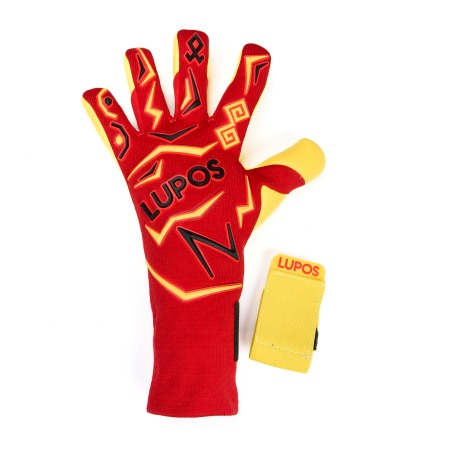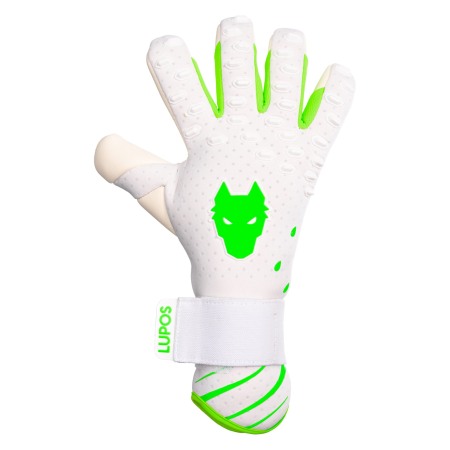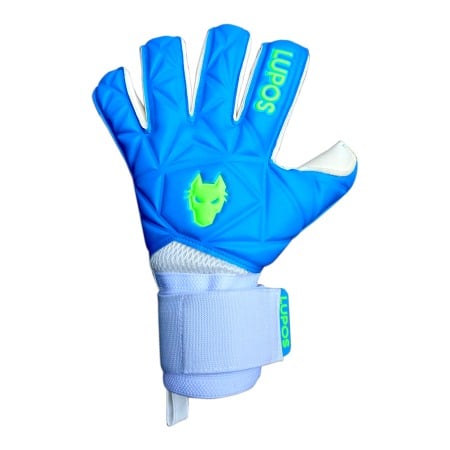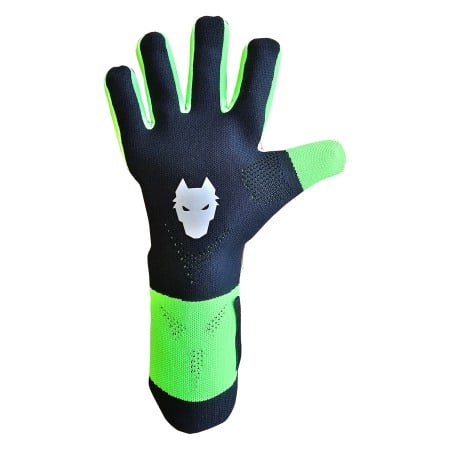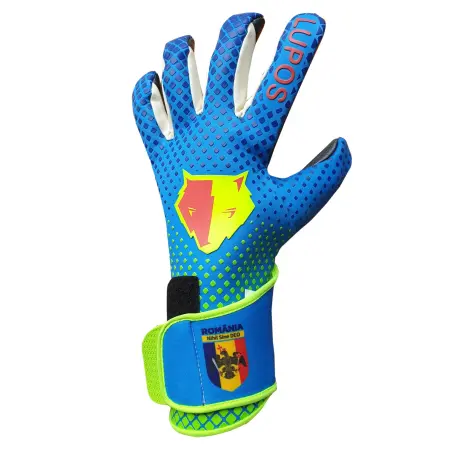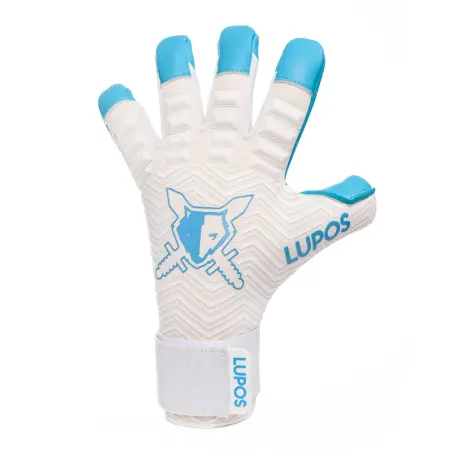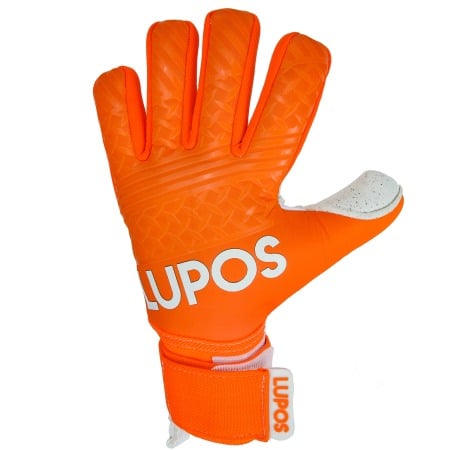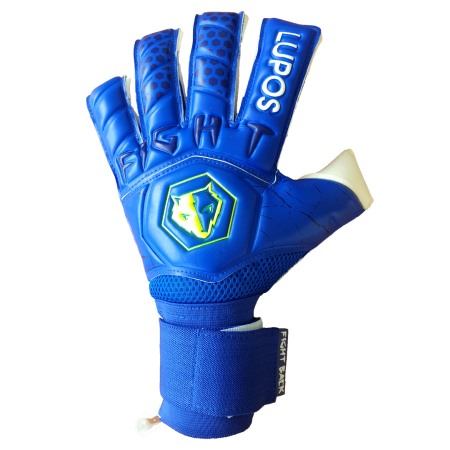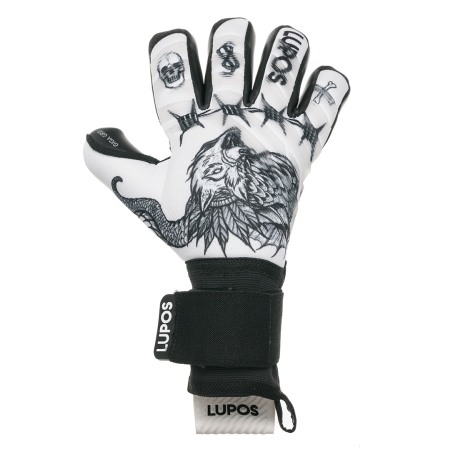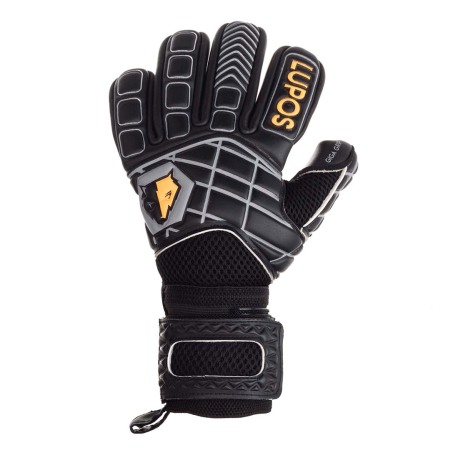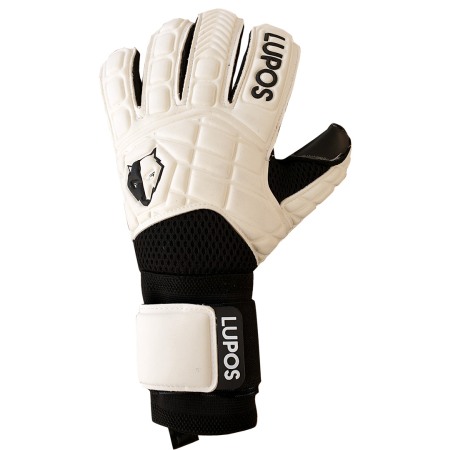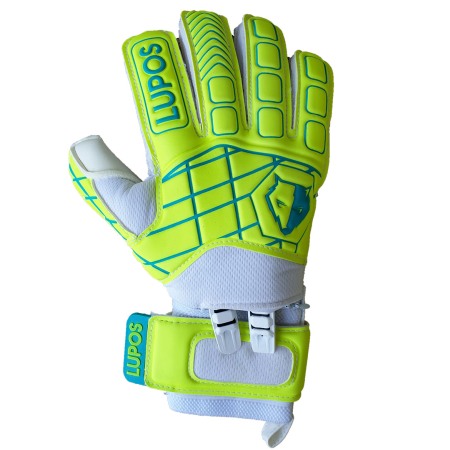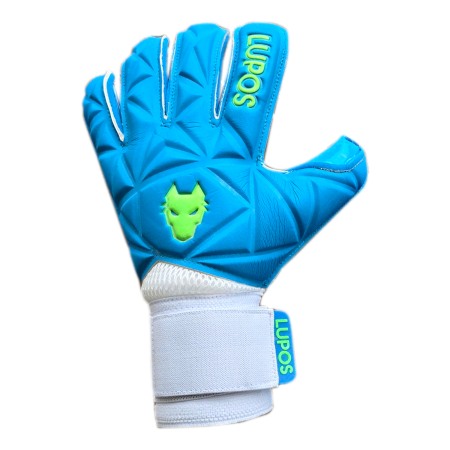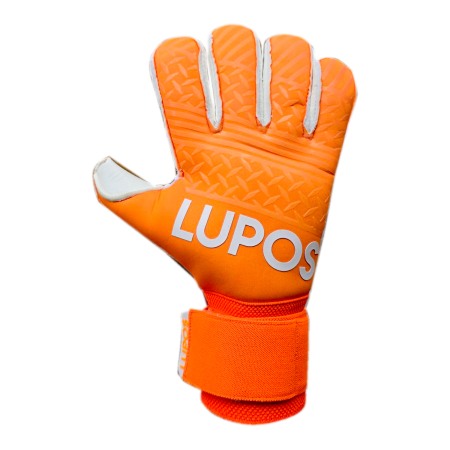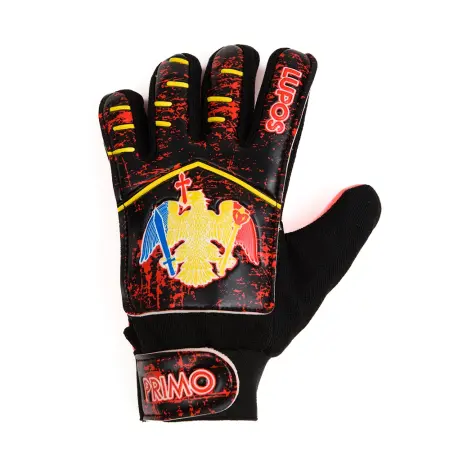Types of Goalkeeper Gloves Explained Simply
In this article, we aim to explain as clearly as possible the key features of goalkeeper gloves and how to choose a brand or type of glove with confidence.
History
Goalkeeper gloves seem to have first appeared around 1885, when a British manufacturer named Sykes patented a pair of leather goalkeeper gloves. Further references to this accessory appear in the 1940s, when Amadeo Carrizo, the goalkeeper for Argentina, is credited as the first athlete to wear goalkeeper gloves.
In the years that followed, companies like Reusch and Uhlsport began producing and selling gloves, and today there are dozens of manufacturers on the market.
Essentially, goalkeeper gloves serve two main purposes:
-
To protect the hands during ball contact
-
To enhance grip on the palm side
Palm
A quality glove will always feature a natural latex palm, and the best types are produced in Germany. Latex thickness typically ranges between 2 and 4 mm—the thicker, the better, generally speaking. The palm latex is always backed with a foam layer of similar thickness.
However, the more grippy the latex, the shorter its lifespan—high grip equals quicker wear.
When talking about original German latex, there are typically three quality categories:
Basic:
Also known as Supersoft latex, it has the weakest grip but longer durability. Suitable for children and amateur-level players.
Elite:
Offers good to very good grip with moderate durability. This includes Mega Grip, Aqua, and Giga Grip.
-
Giga Grip provides the best grip in this category
-
Mega Grip offers the least grip
-
Aqua is designed specifically for wet or rainy conditions
Pro:
This category includes Quartz latex and the top-tier Contact Grip. These have shorter lifespans due to their softer texture but provide the best possible grip—making Contact latex ideal for match play.
Backhand
This covers and protects the back of the hand. It is usually made of latex with various inserts, though more recently materials like neoprene, air mesh, and textiles have also been used. The backhand is also lined with foam padding of varying thickness.
Wrist Closure
The wrist strap can be elastic or non-elastic, single or double wrap.
At Lupos, we prefer the double elastic strap because it secures the wrist more firmly, offering better protection against sprains or dislocations.
Finger Protection
Known as fingersaves, these are typically plastic spines inserted along the fingers.
While they protect the fingers from bending backward, they also reduce flexibility and control due to their rigidity.
We recommend using them only when recovering from previous finger injuries (fractures or sprains).

